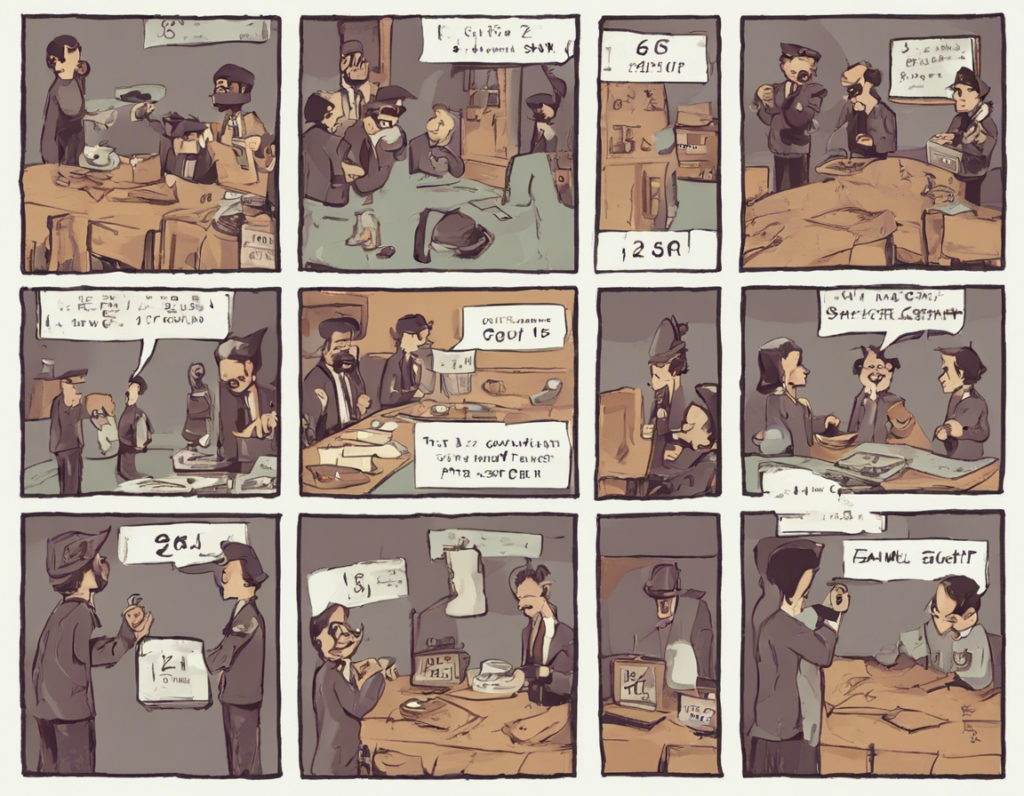Rock climbing is a thrilling and adventurous sport that continues to grow in popularity among outdoor enthusiasts. Whether you are a beginner looking to try something new or a seasoned climber seeking a new challenge, understanding the various aspects of climbing, including the grading system, is essential for a safe and enjoyable experience.
What is Climbing Grade?
Climbing grade is a numerical and/or alphabetical system used to represent the difficulty level of a climb. It provides climbers with a standardized way to assess the challenge they will face on a particular route or boulder problem. Different countries and regions may have their own grading systems, but the most commonly used scale for rock climbing is the Yosemite Decimal System (YDS) in the United States.
Understanding the Yosemite Decimal System (YDS)
The YDS is a grading system that rates the difficulty of climbs on a scale that ranges from 5.0 (easiest) to 5.15 (most difficult). Each decimal point increase represents an increase in difficulty. For example, a climb rated 5.8 is considered moderate, while a climb rated 5.12 is significantly more challenging.
Deciphering an Eight: What Does 5.8 Mean?
In the YDS, the number before the decimal point represents the class of the climb, ranging from class 1 (walking on a flat surface) to class 5 (technical rock climbing). Class 5 climbs are further subdivided into decimal and letter grades to indicate the level of difficulty and technicality. A climb rated as 5.8 is considered to be a moderate level of difficulty, suitable for climbers with some experience and skills.
Key Features of a 5.8 Climb
- A 5.8 climb typically involves vertical to slightly overhanging terrain with good handholds and footholds.
- Climbers may encounter a variety of features such as cracks, ledges, and small protrusions to navigate.
- Basic climbing techniques such as jamming, laybacking, and smearing are often used on 5.8 climbs.
- Climbers may need to use balance, strength, and problem-solving skills to successfully complete the route.
Tips for Climbing a 5.8 Route
- Proper Warm-Up: Always start your climbing session with a proper warm-up to prevent injuries and improve performance.
- Route Preview: Take a moment to study the route, identify key holds, and plan your movements before starting.
- Efficient Movement: Focus on using precise footwork and efficient climbing techniques to conserve energy.
- Rest and Breathe: Take advantage of rest opportunities on the route to shake out your arms, relax, and control your breathing.
- Positive Mindset: Stay positive, trust your abilities, and enjoy the climbing experience.
FAQs about Climbing Grades
Q: Are climbing grades consistent across all climbing areas?
A: No, climbing grades can vary depending on the grading system used in different regions. It’s essential to familiarize yourself with the specific grading system of the area you are climbing in.
Q: How can I improve my climbing grade?
A: Improving your climbing grade requires consistent practice, proper training, and developing specific climbing skills such as technique, strength, and mental focus.
Q: Is it possible to jump from climbing a 5.8 to a higher grade quickly?
A: Progressing to higher climbing grades takes time and effort. It is recommended to gradually increase the difficulty of climbs to build your skills and confidence safely.
Q: Should I focus on climbing a specific grade or vary my climbing difficulty?
A: It’s beneficial to climb a variety of grades to improve overall climbing abilities. Both climbing easier routes for technique and harder routes for strength can enhance your skills.
Q: What does the letter after the decimal point signify in climbing grades?
A: In the YDS, the letter after the decimal point indicates the level of protection or overall seriousness of the climb (e.g., 5.8 PG13).
In conclusion, understanding climbing grades, such as the 5.8 rating in the Yosemite Decimal System, is crucial for climbers to assess the difficulty level of a route accurately. By familiarizing yourself with climbing grades, practicing essential climbing techniques, and approaching climbs with a positive mindset, you can enjoy a rewarding climbing experience while challenging yourself to new heights.
